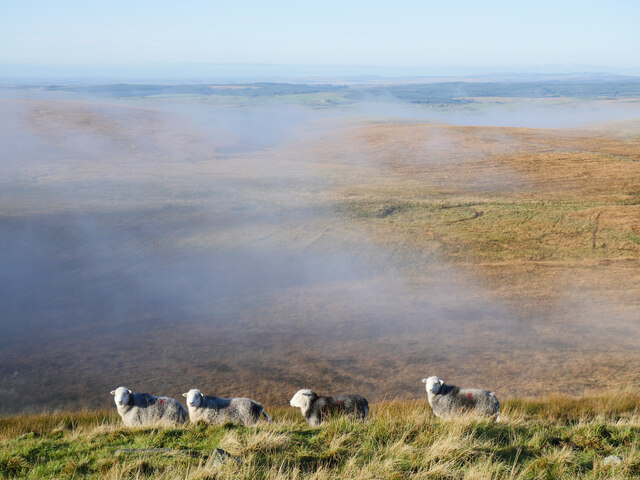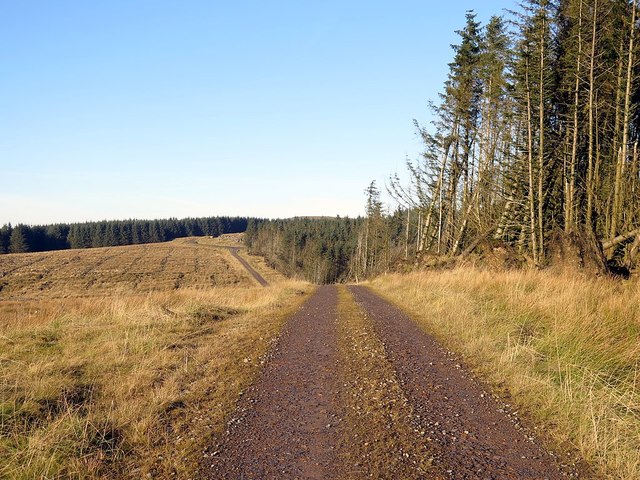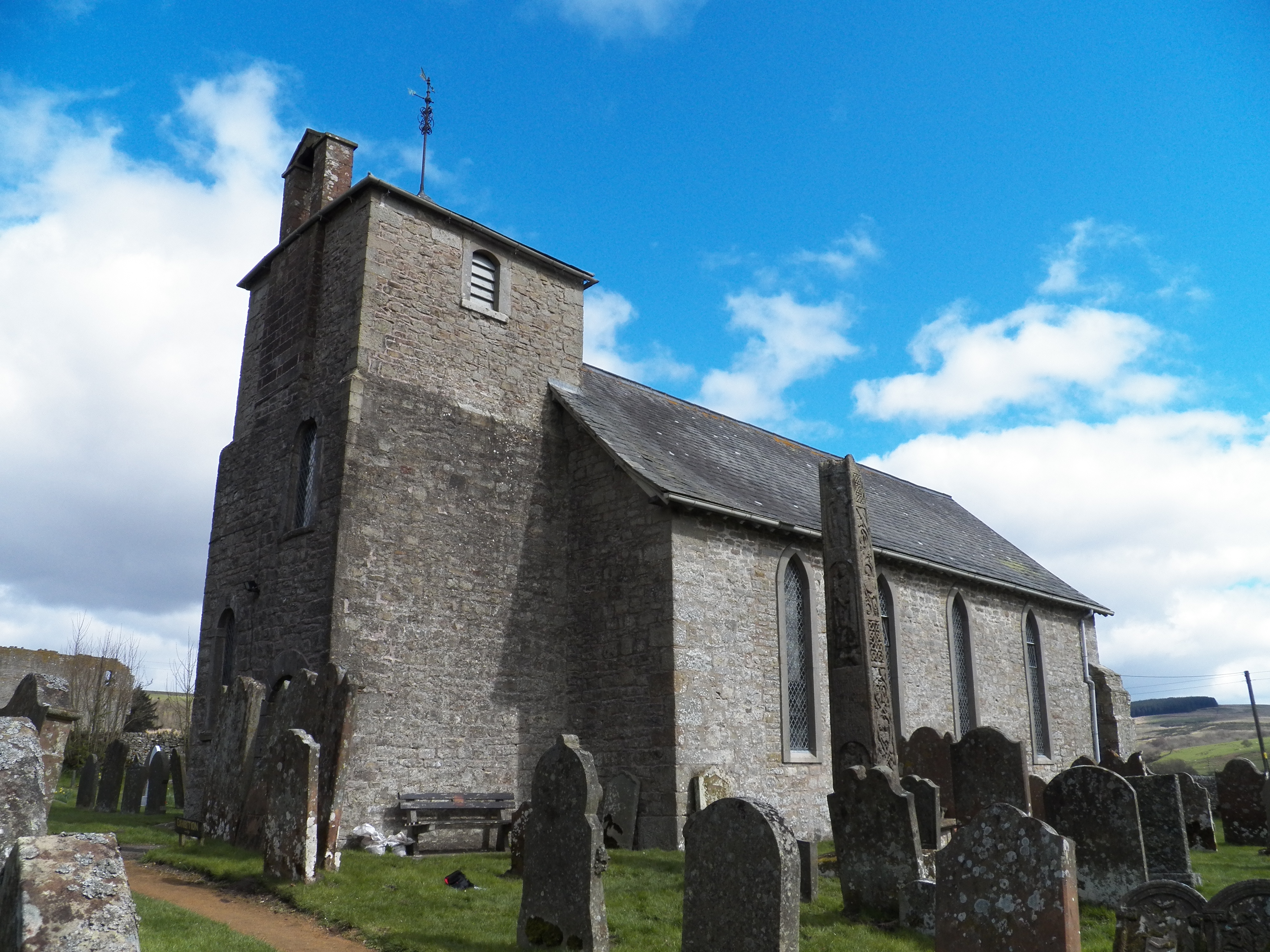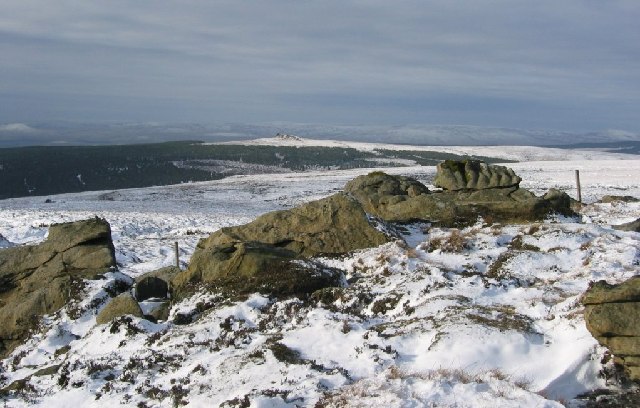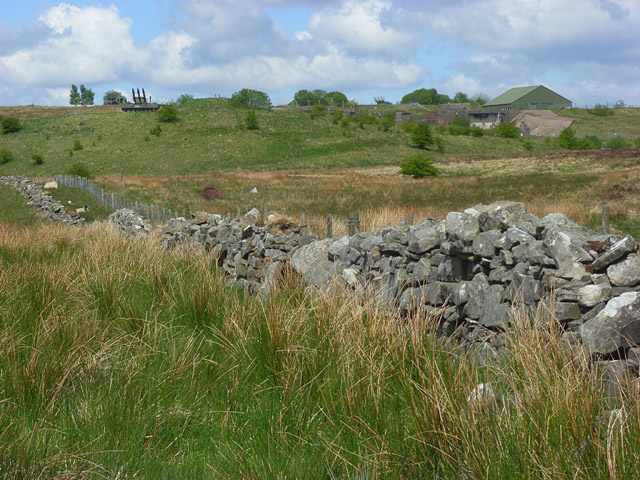Birky Cleugh
Valley in Cumberland Carlisle
England
Birky Cleugh

Birky Cleugh, located in the picturesque Cumberland Valley in England, is a small village that offers a serene and tranquil atmosphere. Nestled amidst rolling hills and lush greenery, this quaint village is a hidden gem for nature lovers and those seeking a peaceful escape from the bustling city life.
The village is characterized by its charming stone cottages and traditional architecture, which add to its rustic appeal. The surrounding countryside provides an abundance of walking trails, making it a popular destination for hikers and outdoor enthusiasts. One of the highlights of Birky Cleugh is the Cleugh River, which meanders through the village, offering scenic views and a peaceful ambiance.
Although small in size, Birky Cleugh boasts a close-knit community that takes pride in its rich history and traditions. The village is home to a handful of local amenities, including a cozy village pub that serves traditional English fare and a community center that hosts various events throughout the year, fostering a sense of community spirit.
The Cumberland Valley itself is renowned for its natural beauty, with stunning landscapes that attract visitors from far and wide. The valley offers a range of outdoor activities, such as fishing, bird-watching, and cycling, ensuring there is something for everyone to enjoy.
In conclusion, Birky Cleugh, Cumberland Valley, is a charming village that captivates visitors with its idyllic setting and warm community spirit. Whether it's exploring the picturesque countryside or immersing oneself in the village's rich history, Birky Cleugh offers a perfect retreat for those seeking a peaceful and authentic English experience.
If you have any feedback on the listing, please let us know in the comments section below.
Birky Cleugh Images
Images are sourced within 2km of 55.07135/-2.6434921 or Grid Reference NY5975. Thanks to Geograph Open Source API. All images are credited.





Birky Cleugh is located at Grid Ref: NY5975 (Lat: 55.07135, Lng: -2.6434921)
Administrative County: Cumbria
District: Carlisle
Police Authority: Cumbria
What 3 Words
///reflected.stared.window. Near Greenhead, Northumberland
Nearby Locations
Related Wikis
Nearby Amenities
Located within 500m of 55.07135,-2.6434921Have you been to Birky Cleugh?
Leave your review of Birky Cleugh below (or comments, questions and feedback).


